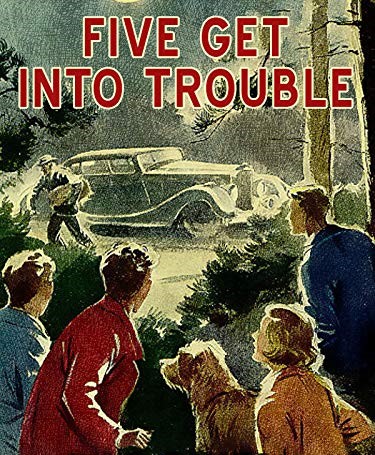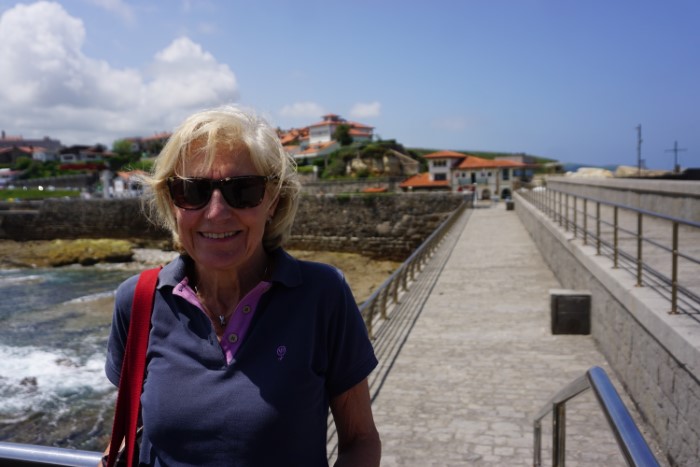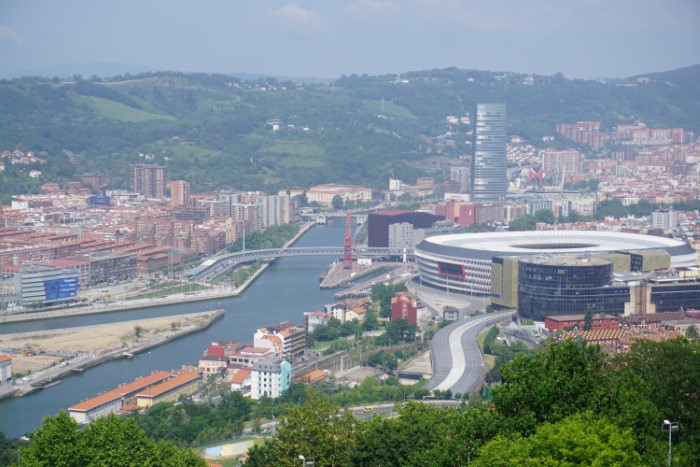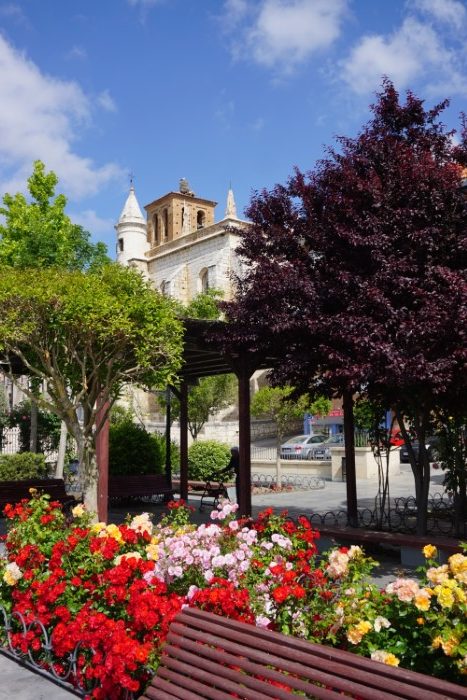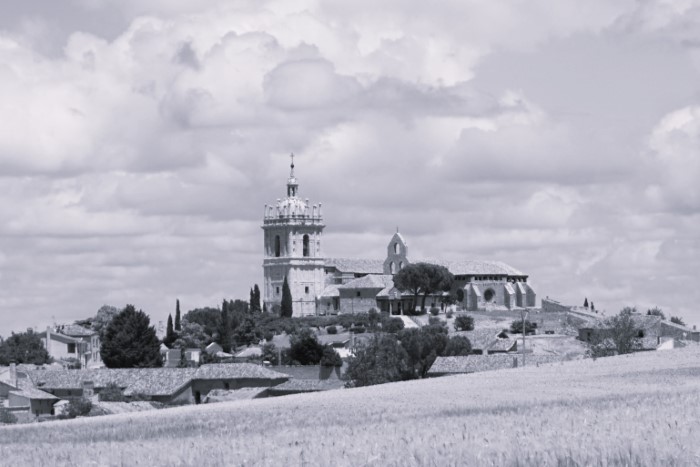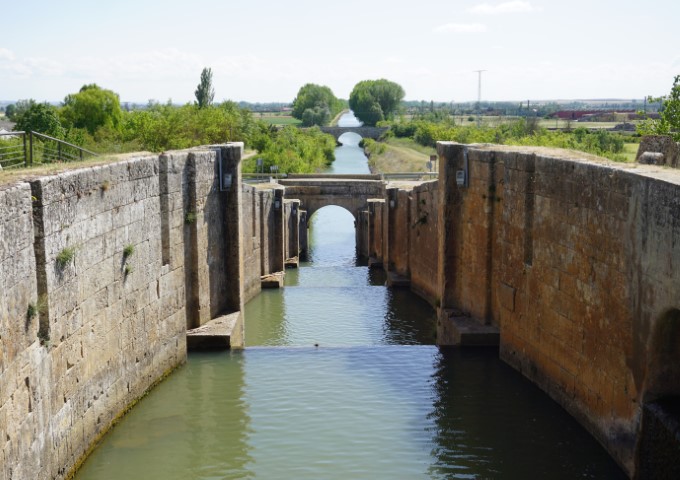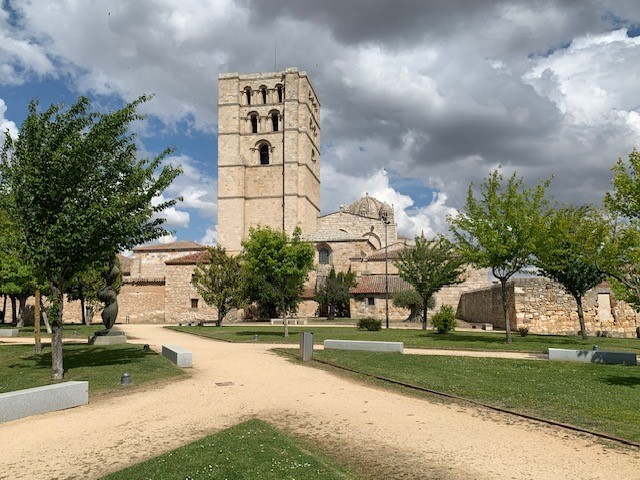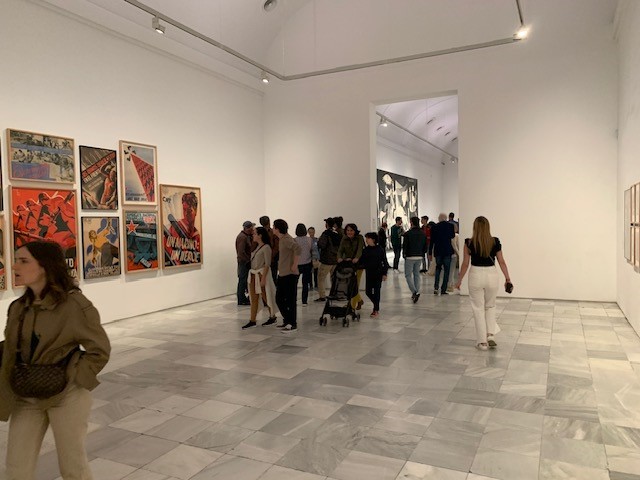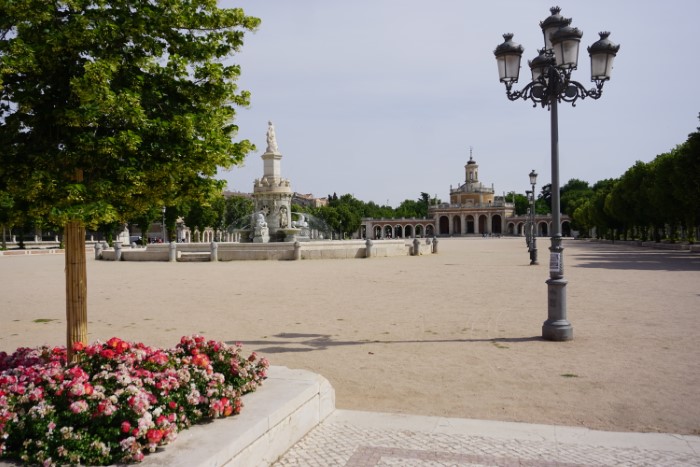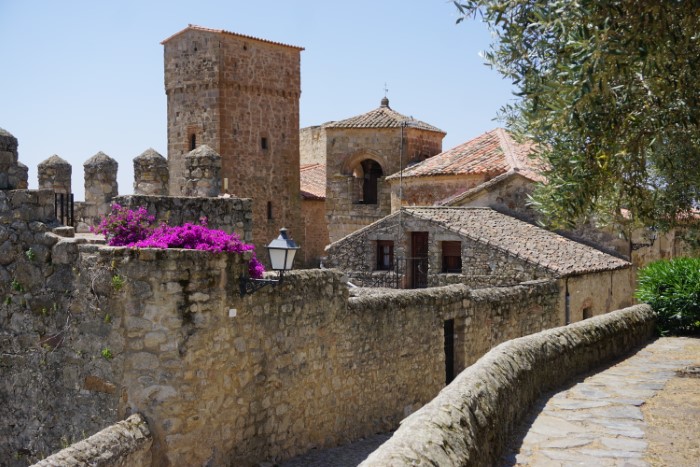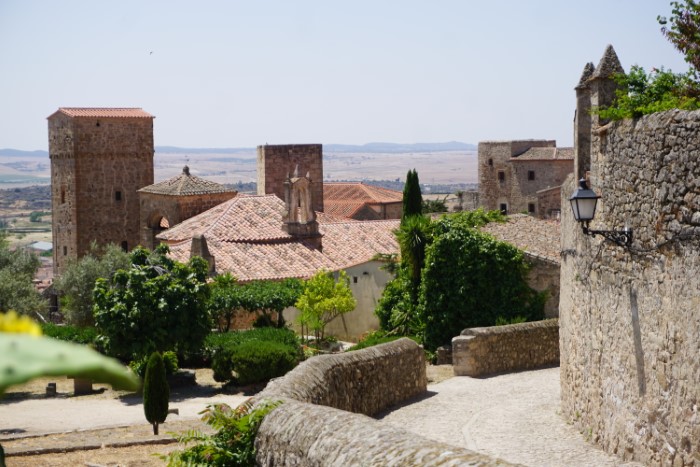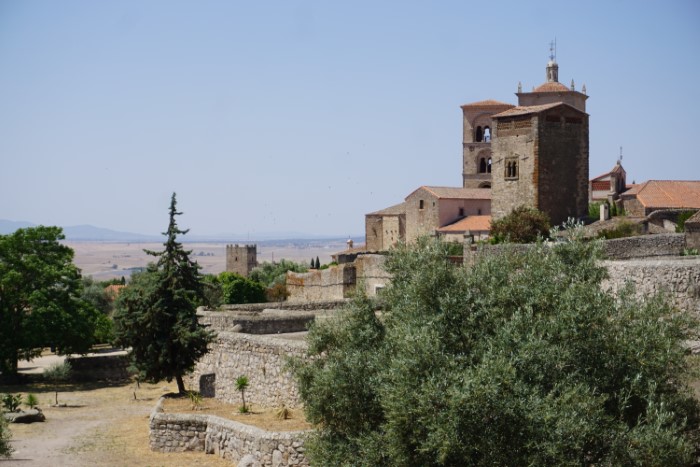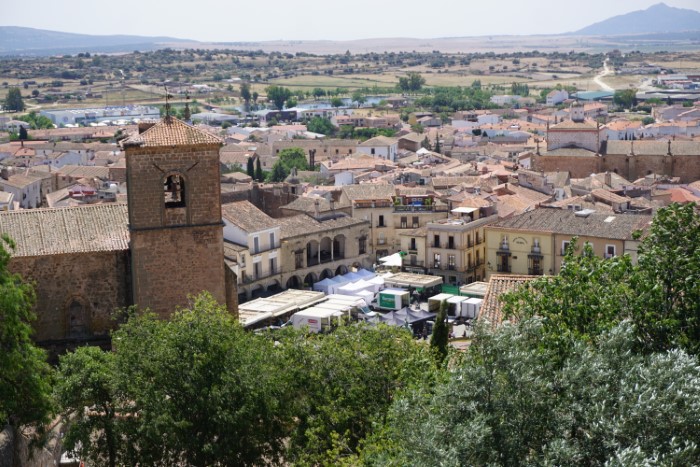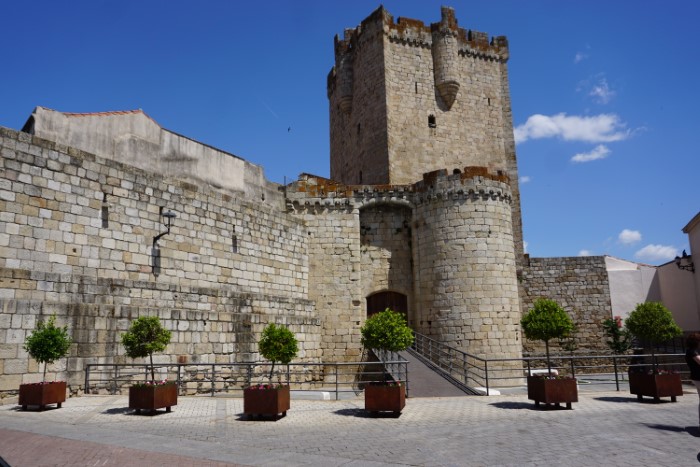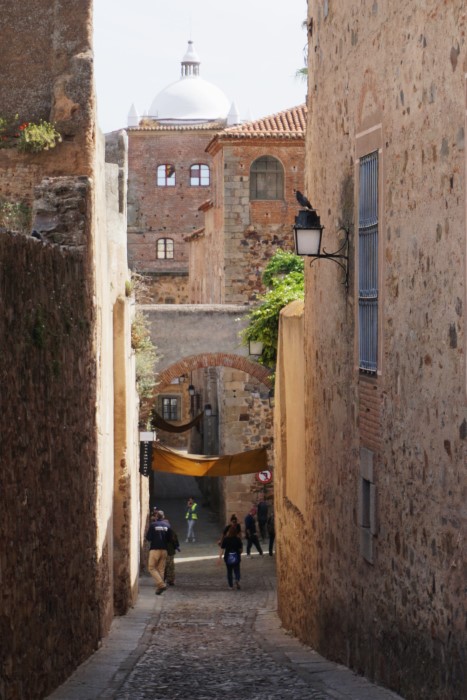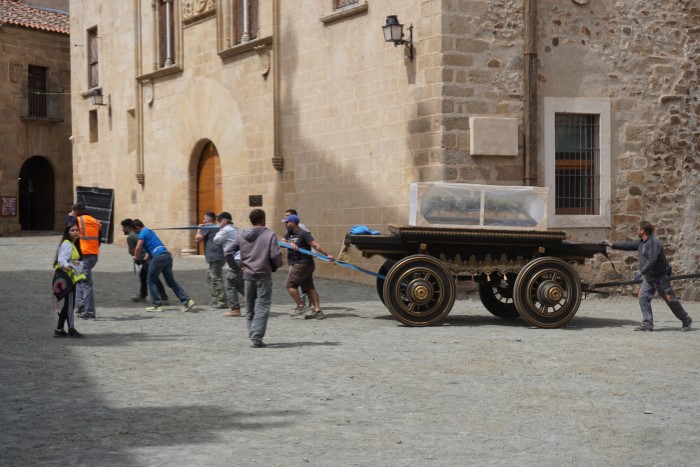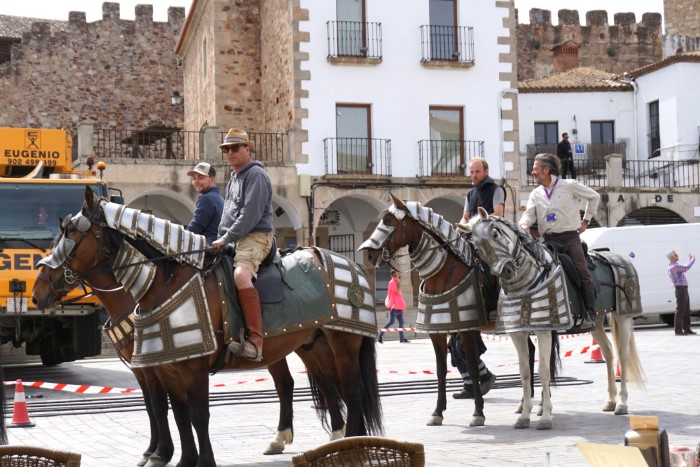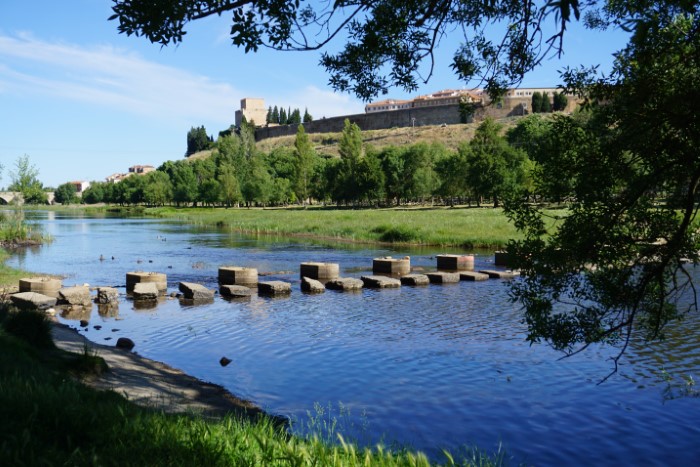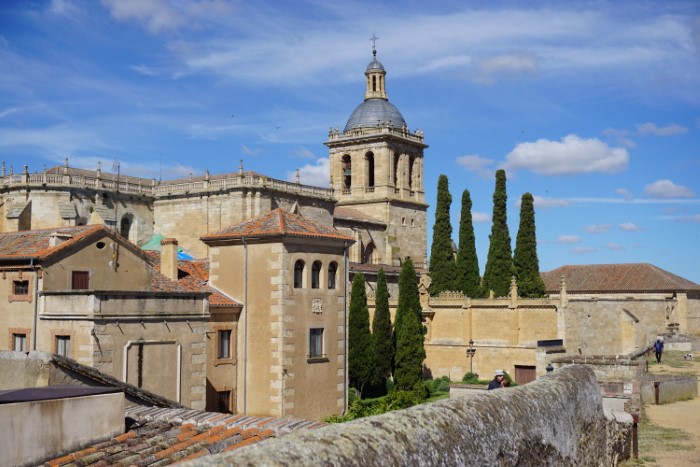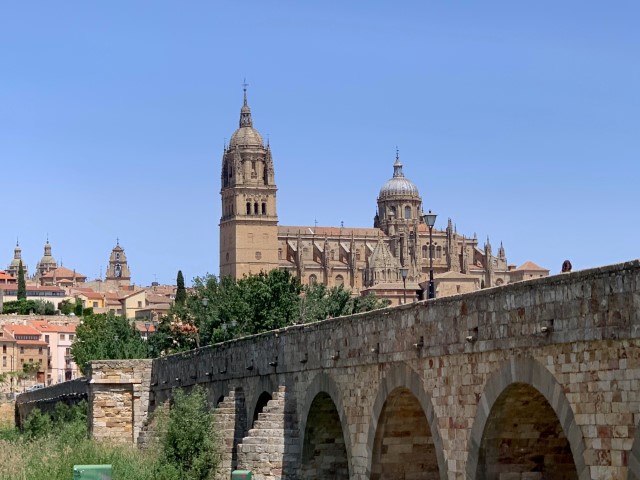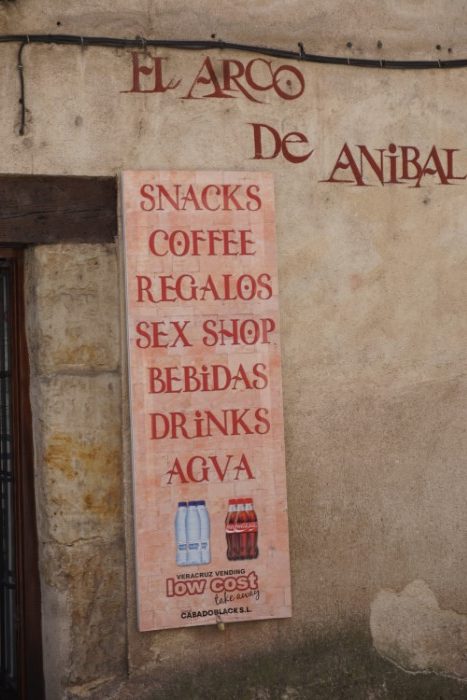The thing about blogging, and I recognise that not every blogger subscribes to this point of view, is that it really helps if you have something worthwhile to blog about. Now, it certainly isn’t the case that we’ve just sat on our backsides and done absolutely nothing since returning from Spain twenty something months ago, but in all truthfulness there really hasn’t been too much to blog about – or perhaps more to the point, I just haven’t felt the urge to put fingers to keyboard.
‘But what about Stags on Tour 2023?‘, I hear you cry. ‘Didn’t that memorable adventure get your creative juices flowing?‘. Well, of course it did, but for some inexplicable reason I just couldn’t be arsed to sit down and write about it at the time, and as the months slipped past the passage of time started to become more of an obstacle than an incentive. Still, one of the wonders of this ‘internet thingy’ is the ability to play all sorts of tricks, such as backdating a blog and pretending that it was written months ago – rather like handing in your homework a week late and convincing your teacher that it really was in on time! So a short account of Stags on Tour 2023 will magically appear shortly.
 Anyway, to business. This year, the Famous Five (David, Jane, Denise, John and Finn the dog) decided to go exploring in South Wales. Perhaps, given the weather we’ve had so far this year, thinking that we’d be ‘going topless’ in early April was a touch ambitious, but in the end the rain held off for much of the time, and we were able to feel the wind in our hair and the sun on our faces when the weather allowed. This year it was the turn of the ‘White Stag Team’ to set the route and do the bookings, so the itinerary looked like this:
Anyway, to business. This year, the Famous Five (David, Jane, Denise, John and Finn the dog) decided to go exploring in South Wales. Perhaps, given the weather we’ve had so far this year, thinking that we’d be ‘going topless’ in early April was a touch ambitious, but in the end the rain held off for much of the time, and we were able to feel the wind in our hair and the sun on our faces when the weather allowed. This year it was the turn of the ‘White Stag Team’ to set the route and do the bookings, so the itinerary looked like this:
- Day 1. Home to The Gower Peninsula. Staying overnight at the Kings Head in Llangennith.
- Day 2. Llangennith to Pendine Sands via Kidwelly Castle. Staying overnight at Caban.
- Day 3. Pendine to Manorbier with lunch in Tenby and staying overnight at the Castlemead Country House.
- Day 4. Manorbier to home, skirting the northern edge of the Bannau Brycheiniog (that’s Brecon Beacons to you and me) National Park.
Tuesday 2nd April dawned reasonably dry and clear, so after meeting up with the Green Stag Team just off the A417 we headed westward around Gloucester and into The Forest of Dean. The Green Stag had their top off, so before long we followed suit and were enjoying the gentle ‘burble’ of 16 cylinders singing in unison. All would have been well if the route I’d chosen hadn’t slavishly followed the A465 ‘Heads of the Valleys’ road from Abergavenny to Neath, which just happens currently to be the largest civil engineering project in the western world! Well, perhaps I exaggerate just a touch; but believe me, if you want to enjoy free-flowing, open-top motoring – pick another route.
Arriving on the Gower, our route took us to The Mumbles where we’d hoped to enjoy the allegedly stunning scenery, but unfortunately by this time the rain was falling, so after a short walk and coffee stop we made our way to Llangennith and the King’s Arms. Comfortable accommodation and a bar within STAGgering (see what I did there?) distance made this a good choice; so Day One’s objective was achieved with the troops all in good order.
Day Two started with a visit to Kidwelly Castle which, I must admit, I’d never previously heard of. Famed for having been one of the most powerful castles in Wales, to say nothing of having featured in the opening scene of ‘Monty Python and the Holy Grail’, it’s well worth a visit if you happen to be passing (which, to be honest is unlikely). Our next stop was Pendine Sands, which had its moments of fame in the 1920’s when the seven mile long beach became the location of choice for those brave enough to make attempts on the world land speed record. Rivalry between Malcolm Campbell and John Parry-Thomas saw the record pushed to 174mph until, in 1927, Parry-Thomas was tragically killed when his car overturned at more than 170mph. We stayed in the brand new, and quite comfortable Caban, which sits alongside The Museum of Speed, right on the beach.
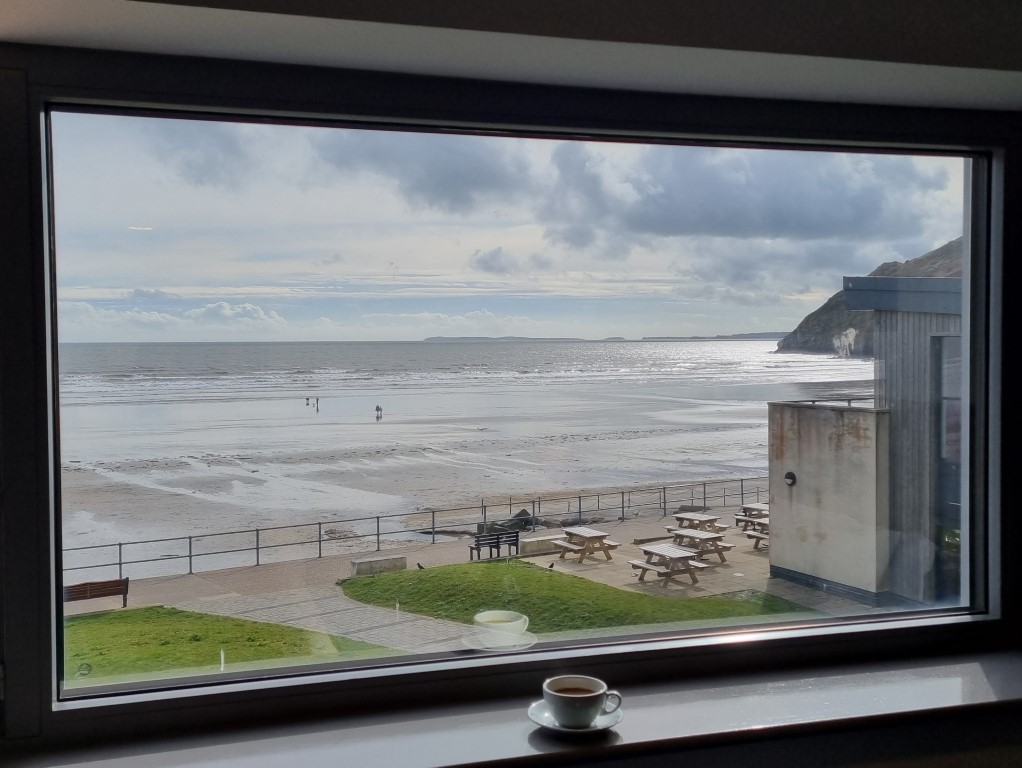
Unsurprisingly, the Museum’s focus is the history of the various speed record attempts, but most importantly it’s the usual location for ‘Babs’, Parry-Thomas’s record-breaking car, which after the fatal crash lay buried in the sands until it was unearthed in 1969 and subjected to a 16 year-long restoration. Unfortunately our visit coincided with the car’s absence for some essential repairs – shame they didn’t think to tell us that before we paid our entrance fee!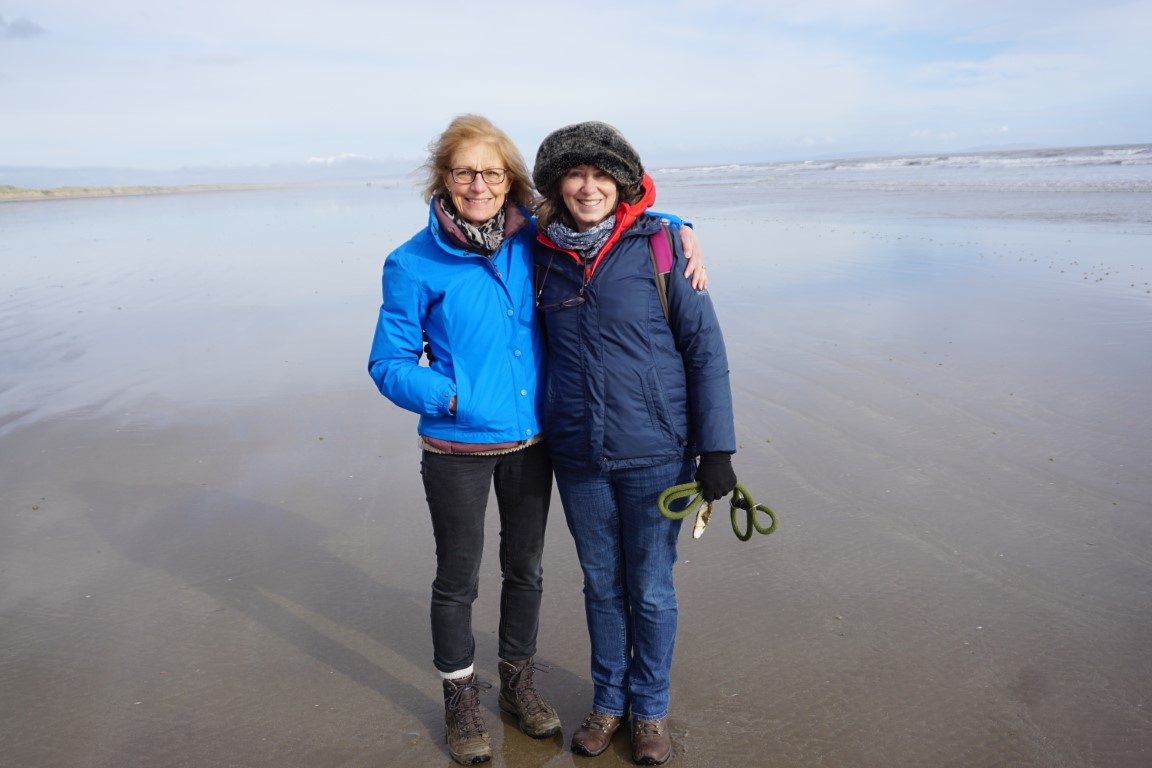 Day Three was dry and sunny for our short journey to Tenby which, I confidently informed my traveling companions, I had last visited on a family holiday in 1955 – aged three. If the town looked a tad unfamiliar to me it was probably unsurprising as I’ve subsequently discovered that the holiday was in Teignmouth; so, wrong town, wrong county and wrong country, but otherwise a very understandable mistake.
Day Three was dry and sunny for our short journey to Tenby which, I confidently informed my traveling companions, I had last visited on a family holiday in 1955 – aged three. If the town looked a tad unfamiliar to me it was probably unsurprising as I’ve subsequently discovered that the holiday was in Teignmouth; so, wrong town, wrong county and wrong country, but otherwise a very understandable mistake. 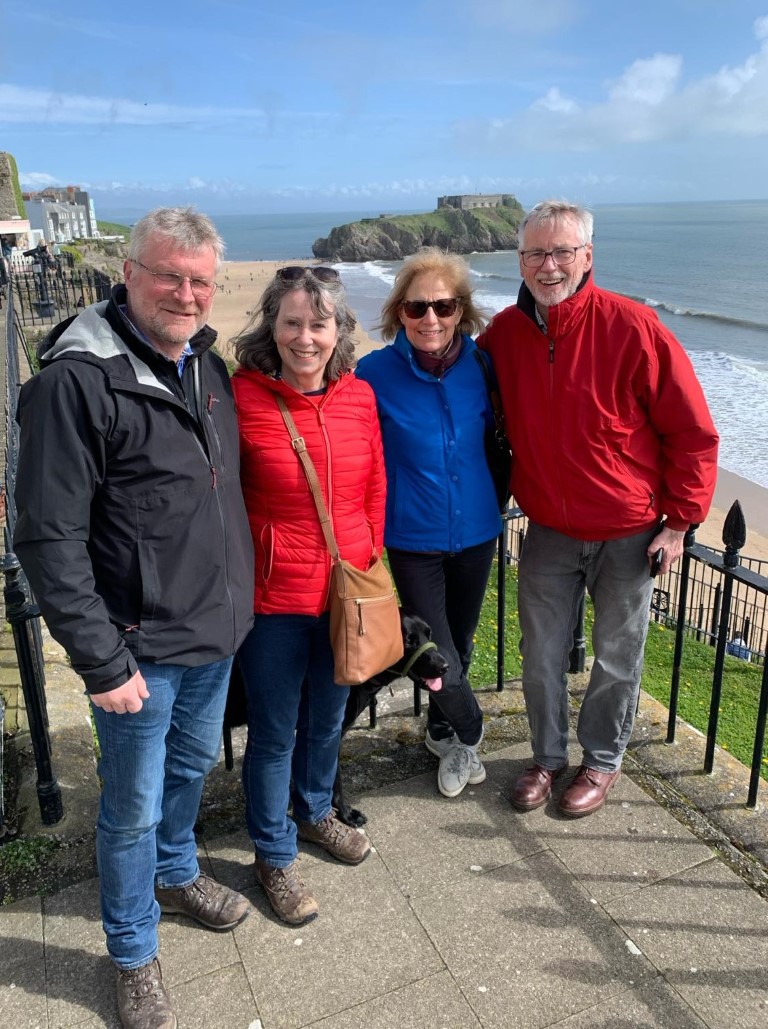 Our accommodation that evening in Manorbier was a bit of a mixed bag. Clearly trying to live up to its ‘country house‘ name, it’s obviously tried hard to cultivate a ‘shabby chic’ atmosphere – well, they got the first bit spot-on, but chic it definitely was not. Having said which the evening meal they provided was excellent.
Our accommodation that evening in Manorbier was a bit of a mixed bag. Clearly trying to live up to its ‘country house‘ name, it’s obviously tried hard to cultivate a ‘shabby chic’ atmosphere – well, they got the first bit spot-on, but chic it definitely was not. Having said which the evening meal they provided was excellent.
Our journey home on Day Four was pretty uneventful. We deliberately chose a more northerly return route to avoid the roadworks on the Heads of the Valleys road, and this took us through some wonderful countryside skirting the Brecon Beacons. I had a momentary panic as we passed Sennybridge Military Training Area until I remembered that it was just a 40 year-old memory and I’d no longer have to dig innumerable trenches and traipse across endless sodden hillsides while muttering those memorable words ‘if it ain’t raining, it ain’t training’. 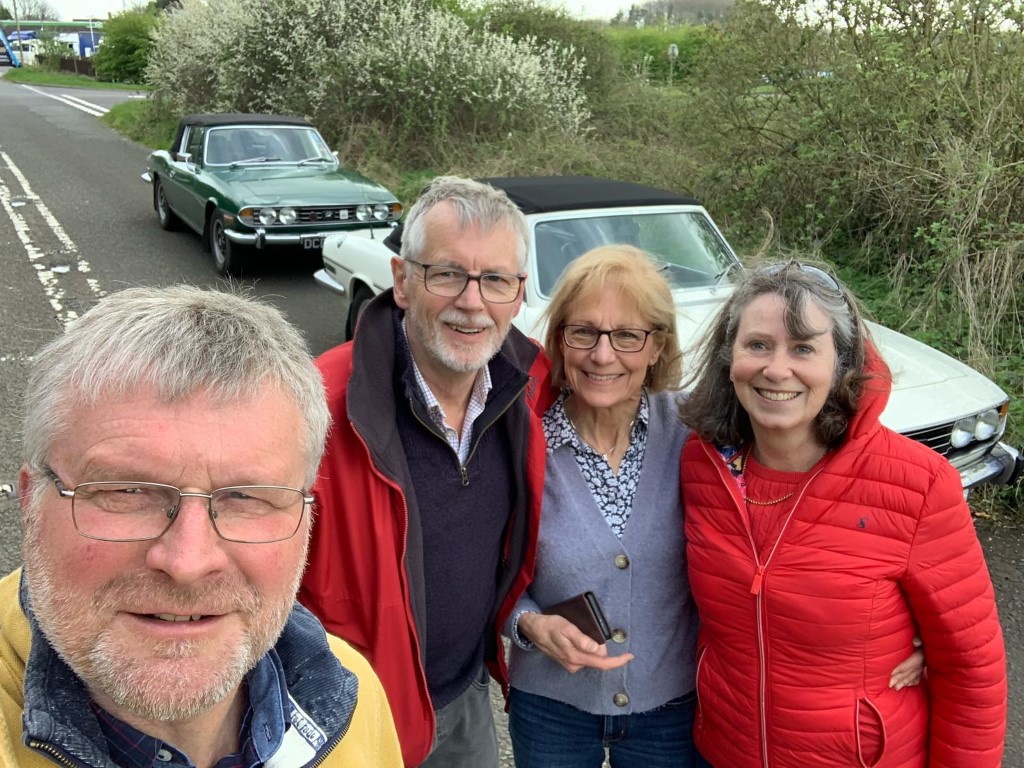 Arriving back in Gloucestershire Stags on Tour 2024 ended ‘happily ever after’ with the sun shining, the cars purring and The Famous Five already thinking ahead to their next adventure and what trouble we might get into……… I’m looking forward to it already.
Arriving back in Gloucestershire Stags on Tour 2024 ended ‘happily ever after’ with the sun shining, the cars purring and The Famous Five already thinking ahead to their next adventure and what trouble we might get into……… I’m looking forward to it already.